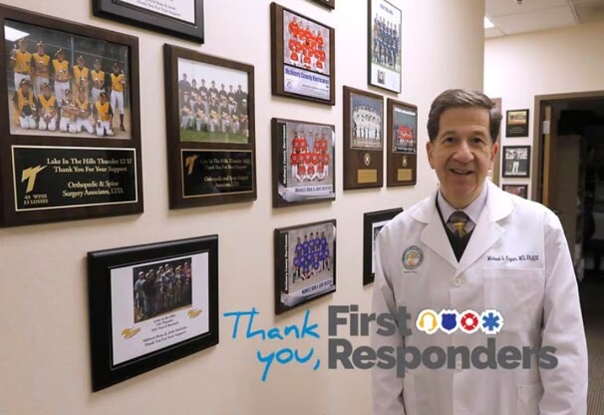Avoiding Heat Exhaustion & Sports Injuries in Hot Weather
- Category: Blog
- Posted On:

Heat exhaustion is a threat during the hottest months of the year, especially during back-to-school months, and “taking the heat” has more than one meaning when it comes to varsity tryouts for high school hopefuls hoping to make the team. Heat-related illnesses such as heat exhaustion are a concern for young athletes, in part because young people’s sweat glands aren’t as fully developed as adults’ are. What’s more, these young people might feel the need to adhere to the adage “no pain, no gain,” and are less than eager to take a break, even when their bodies demand that they do so.
Per the American Red Cross, extreme heat is one of the most dangerous types of severe weather, and it causes more deaths than all other weather-related incidents put together. Luckily, parents, coaches, and student athletes can all do their part to ensure they stay safe and prevent heat exhaustion from hampering their gameplay.
Getting Used to the Heat Should Be a Gradual Process
One of the best ways of getting used to the heat is by slowly becoming used to it. During the first week or two of heat exposure, the student athlete should gradually increase the time and intensity of their physical activity outdoors, according to guidelines from The National Athletic Trainers’ Association for heat acclimatization. Student athletes should be particularly careful and make sure they aren’t overexerting themselves if they are out of shape or overweight.
What Is Heat Exhaustion and How Can I Recognize it?
Heat exhaustion happens when the body cannot cool itself through sweating, which can ultimately lead to a life-threatening heat stroke.
The top 5 symptoms of heat exhaustion include:
- Rapid heartbeat
- Intense sweating
- Cool skin
- Lightheadedness, dizziness, fainting
- Headache
Once you notice these symptoms in yourself or a student athlete, they should stop playing and take a break and sit in a cool, shady, or, if possible, air-conditioned place. Apply cold cloths or ice packs to the skin and supply cold water or electrolyte-enhanced drinks for rehydration. Rest is important for at least one hour, and they should take it easy for several more hours after that. Caffeinated beverages should be avoided. Staying indoors is preferable, as is eating small meals at frequent intervals rather than eating large portions infrequently.
Preparing for Hot Weather When it’s in the Forecast
It’s important to be aware of the upcoming weather if your student athlete plays sports outdoors, particularly when you see hot weather is in the forecast. The National Weather Service is a go-to resource for local excessive heat warnings, which may include terms like heat outlooks, heat watches, or heat warnings/advisories. These are indications that you should make sure your student athlete is properly hydrated, that you’ve gathered enough drinking water and emergency supplies and that you’ve taken action to keep your home cool.
Contact Fox Valley Orthopedics for Help with Sports Medicine Concerns
At Fox Valley Orthopedics, we are your partners for proper preparation so your student athlete can shine on the field rather than become vulnerable to heat-related illnesses or injuries. Don’t feel discouraged by the heat. We are here to help when you have questions regarding sports medicine and are standing by to help should your student athlete need it.
Fox Valley Orthopedics offers orthopedics and sports medicine care. For further information or to book an appointment, you can reach out to us at (630) 584-1400 today.
[MB1]Link to blog #1


